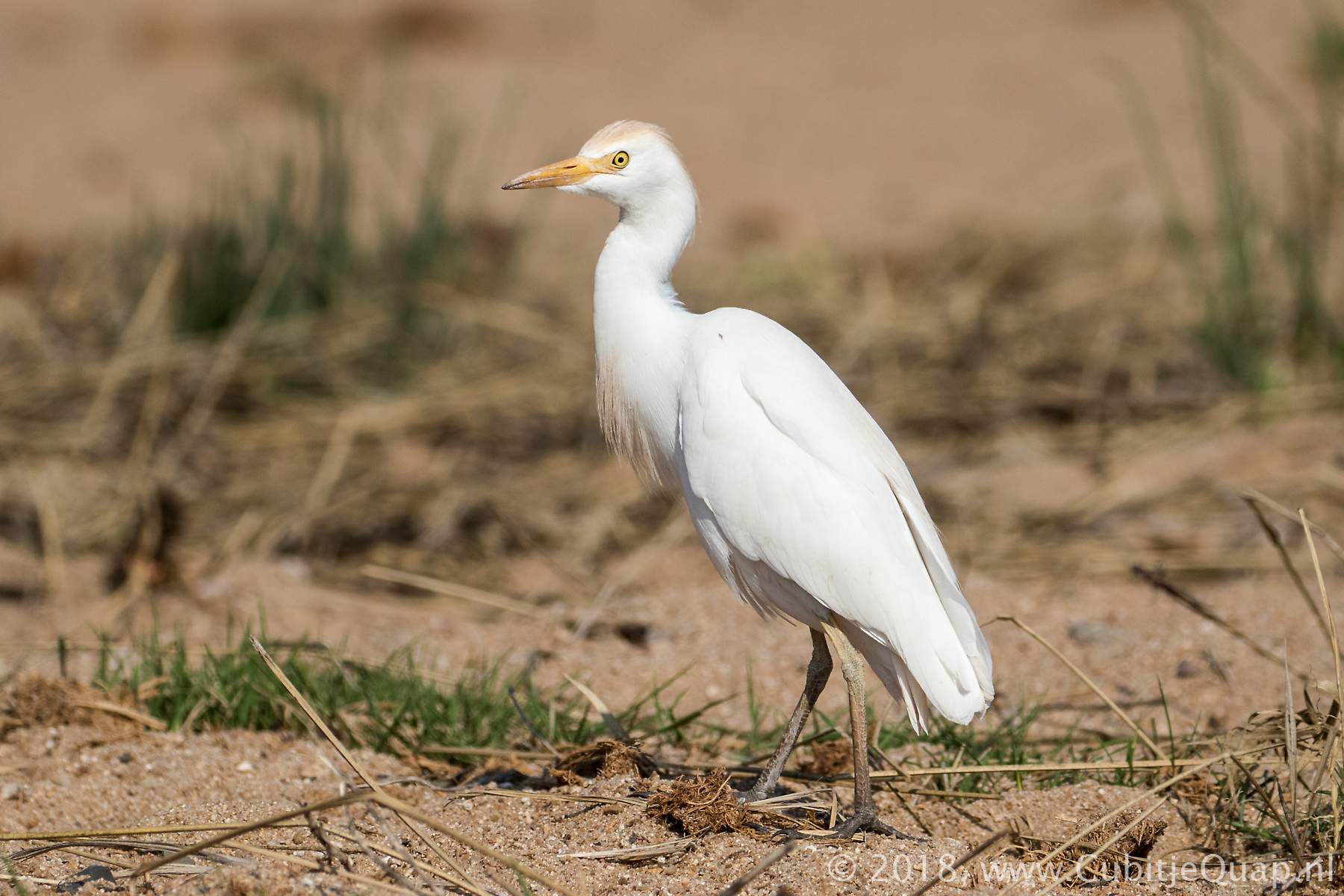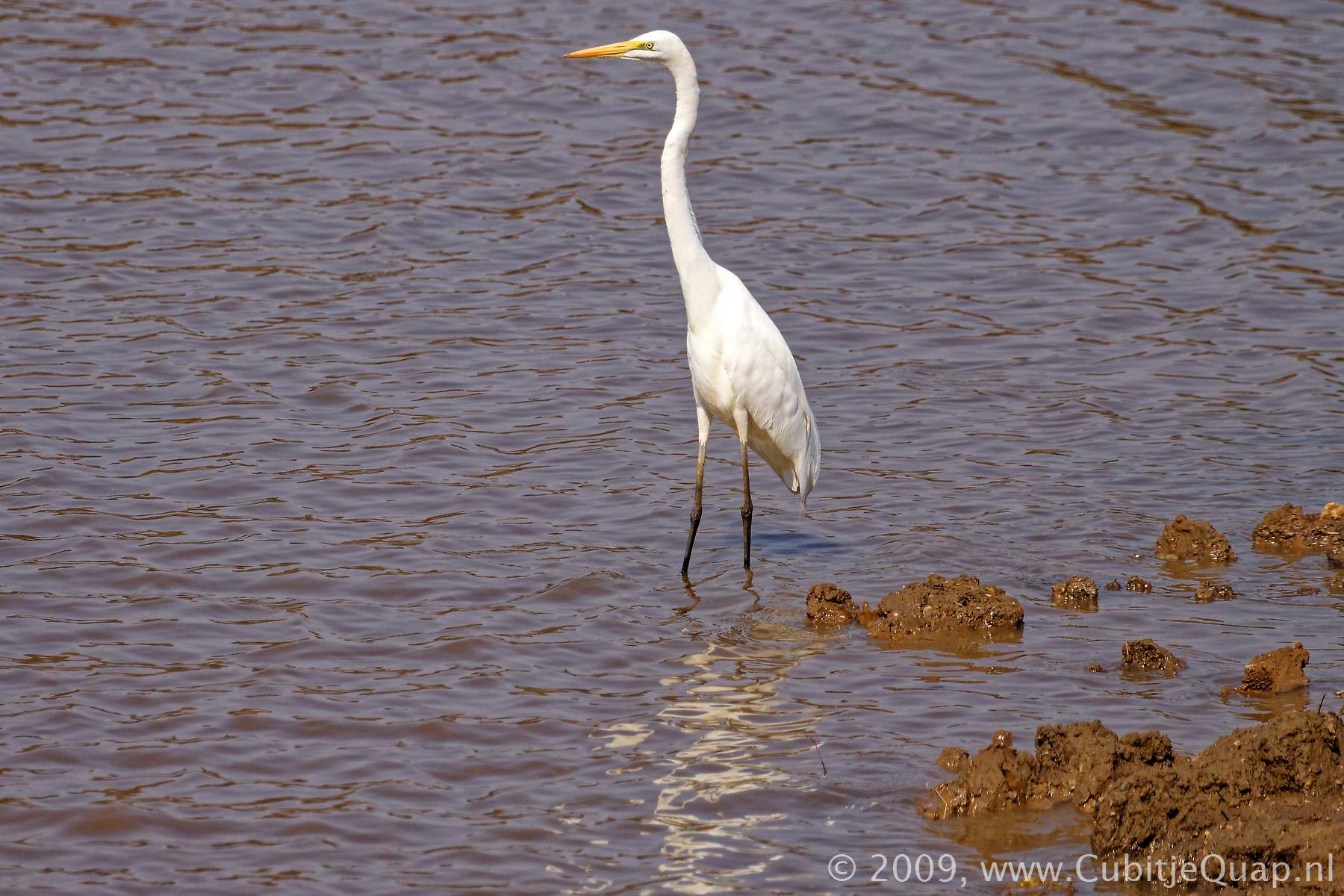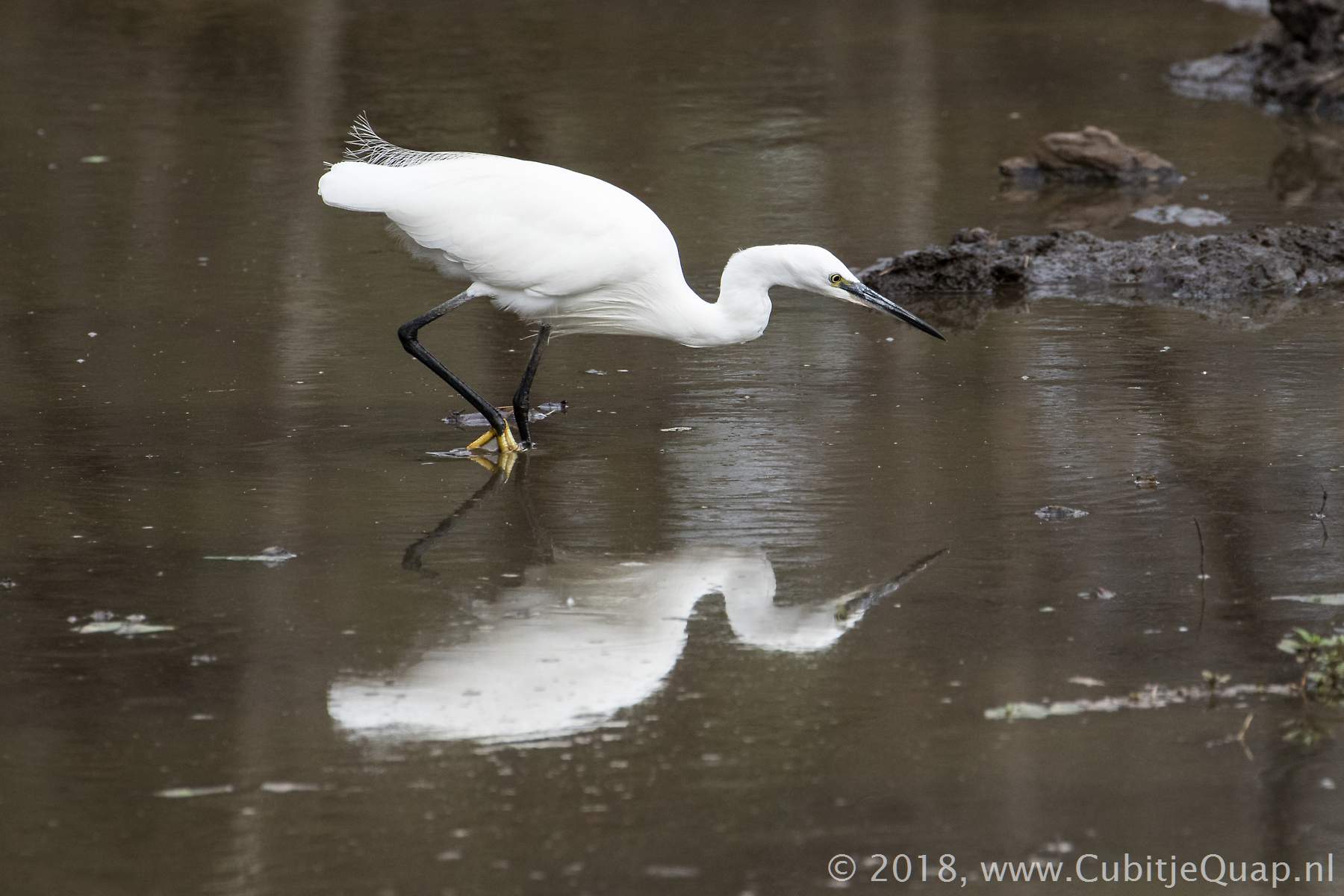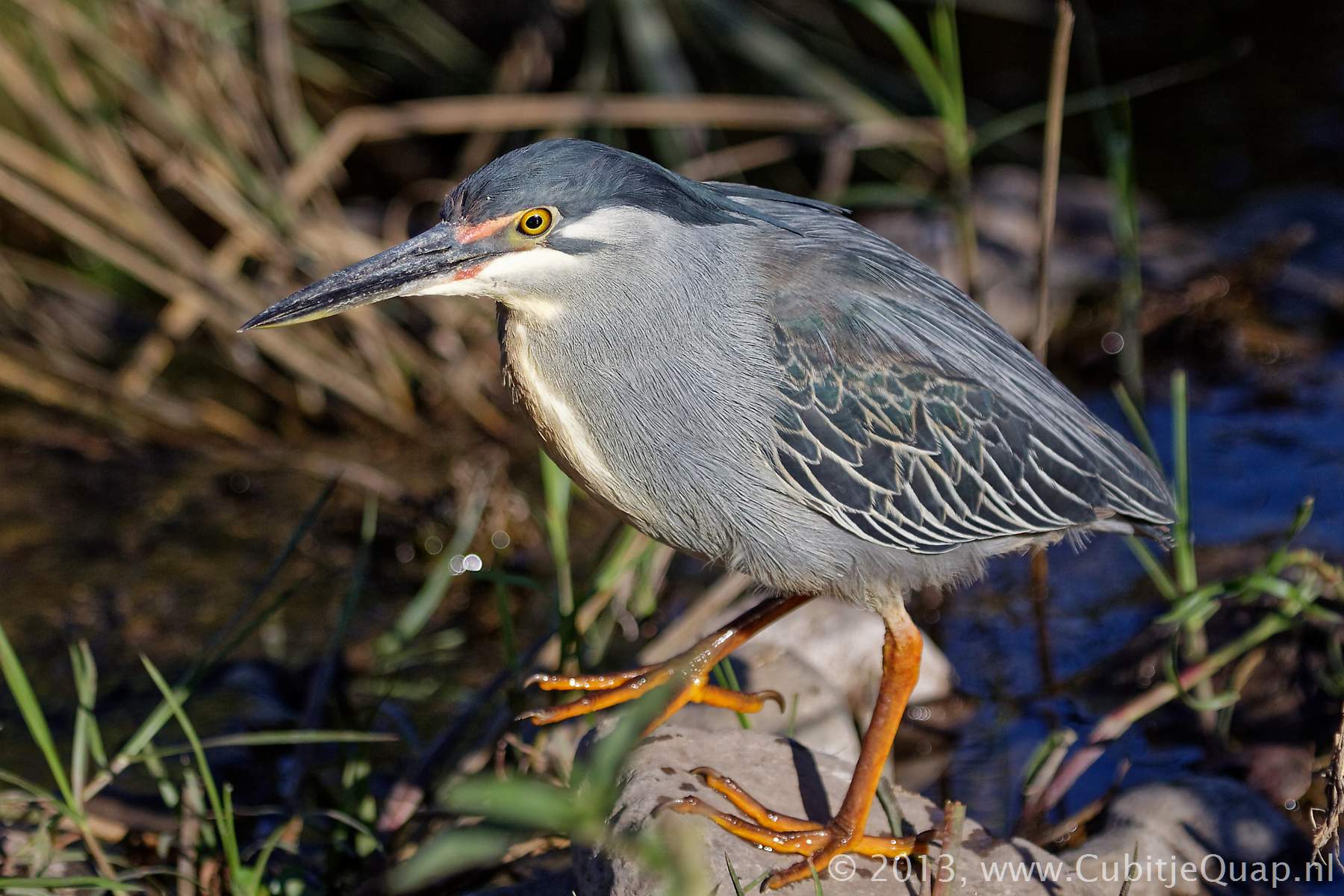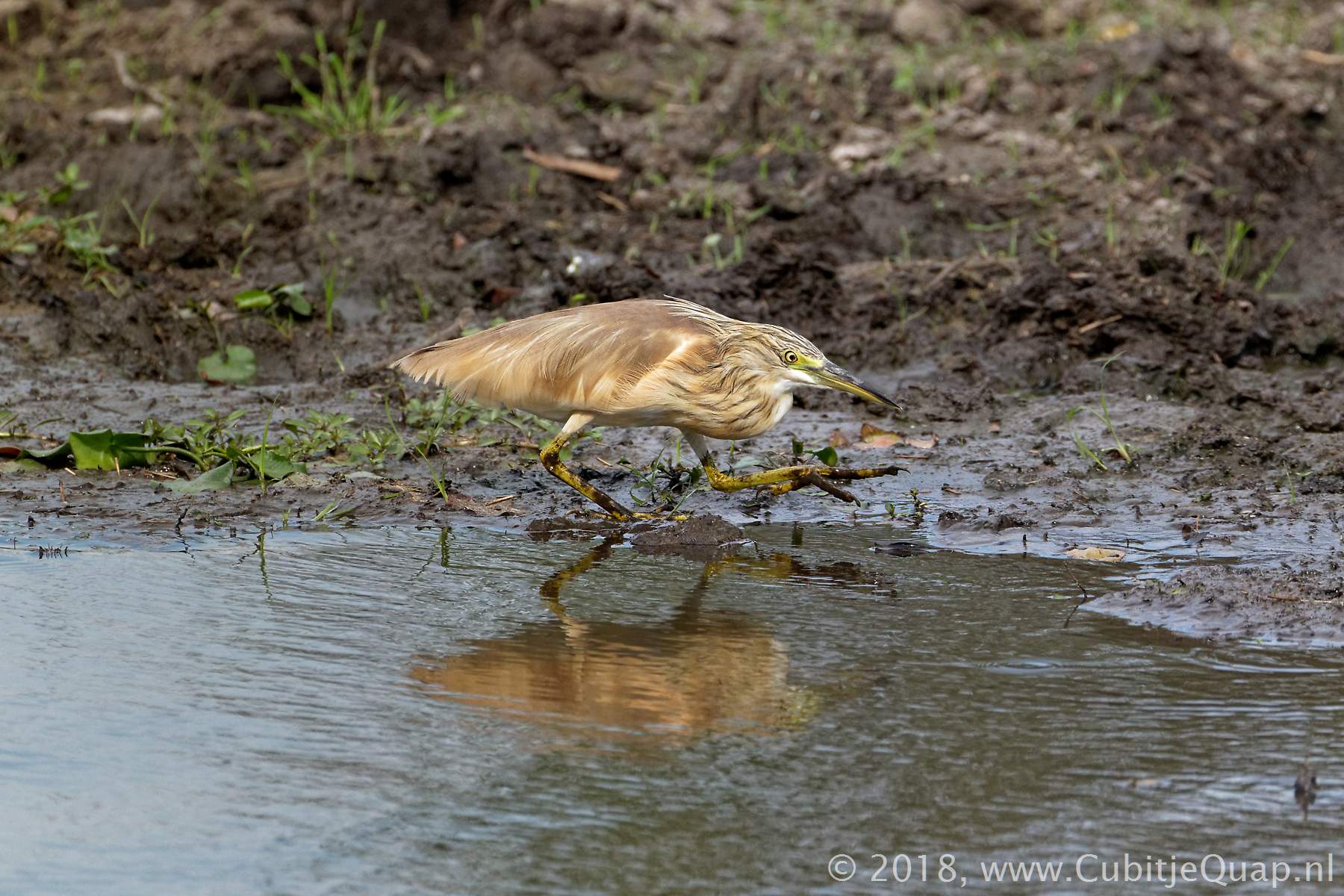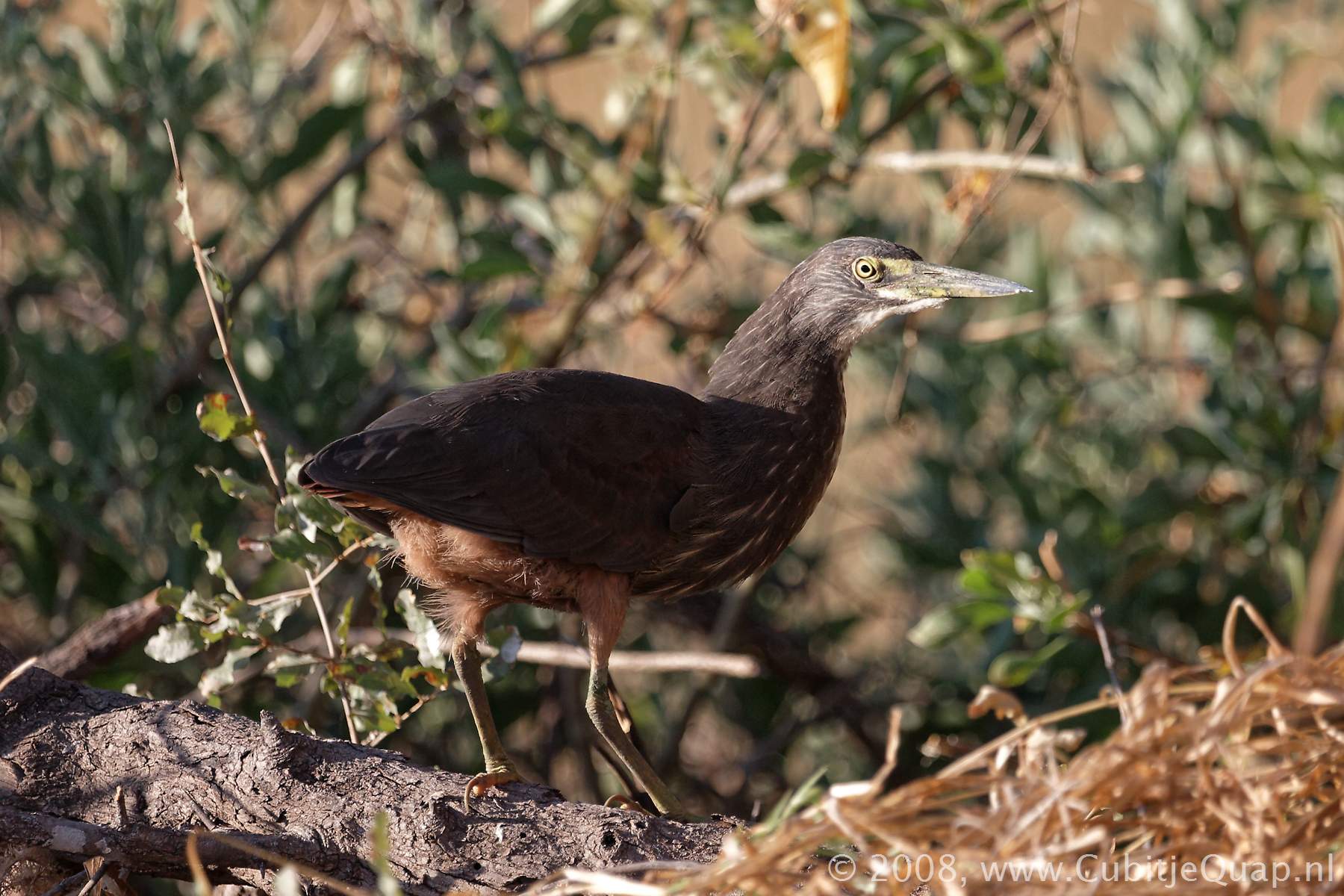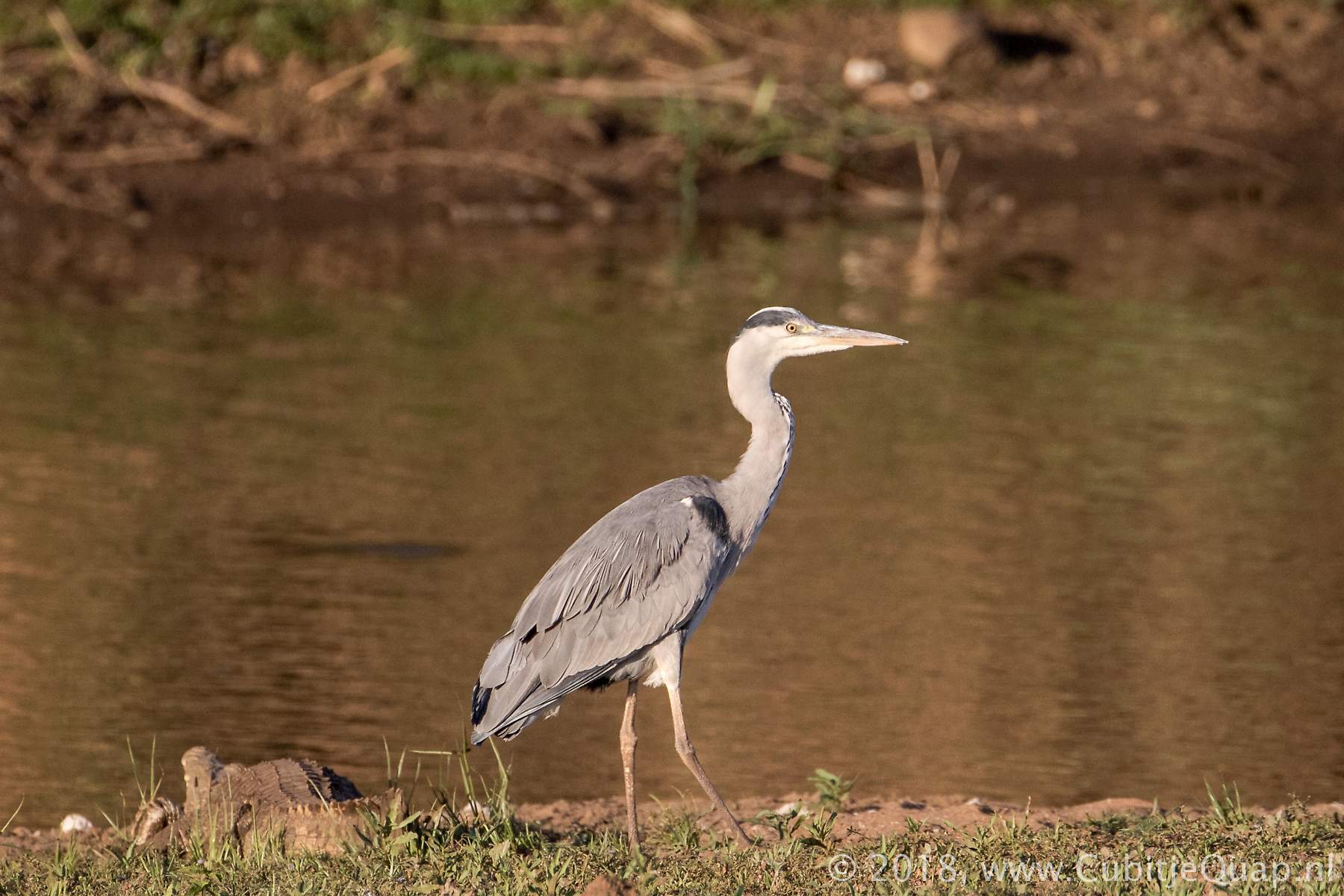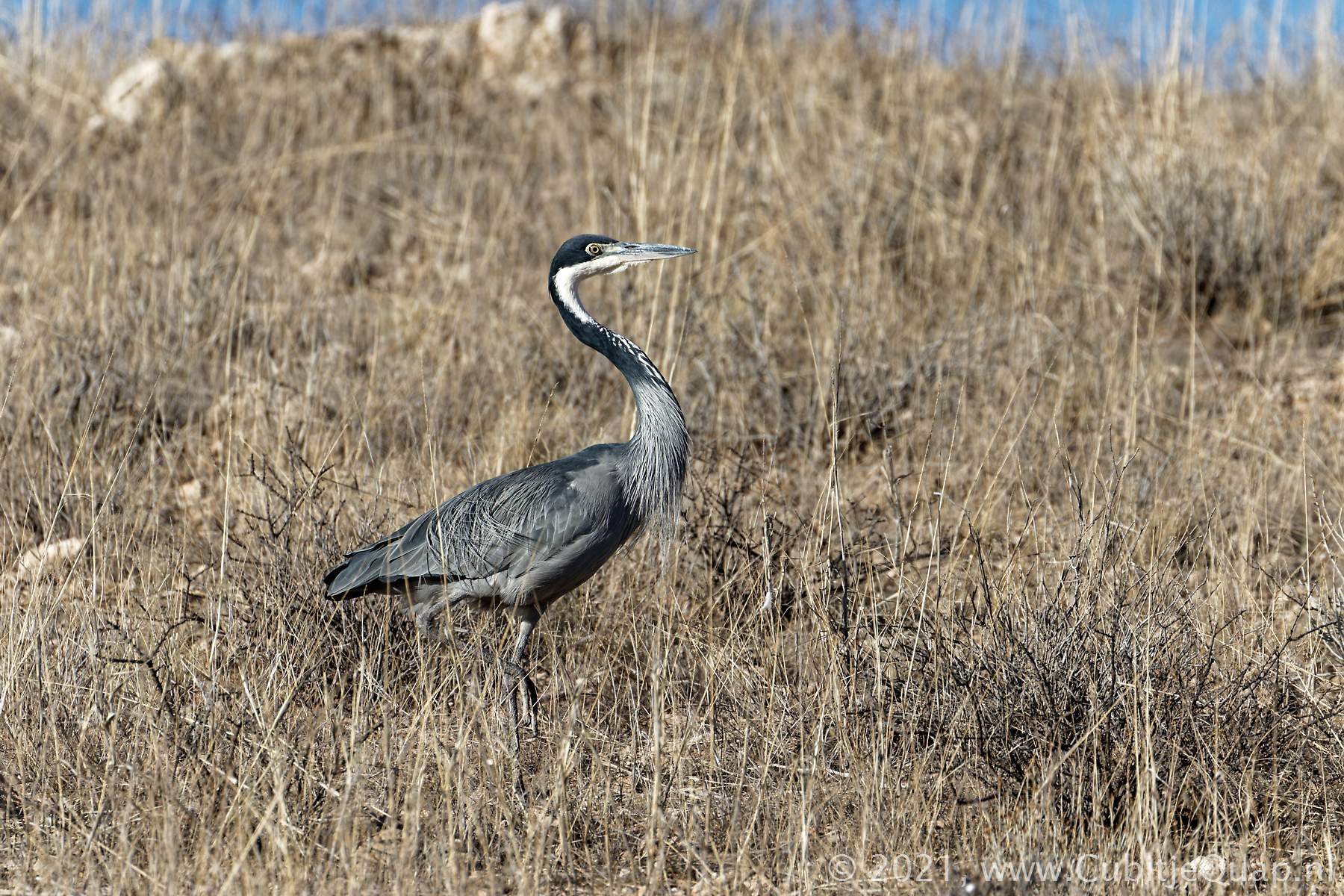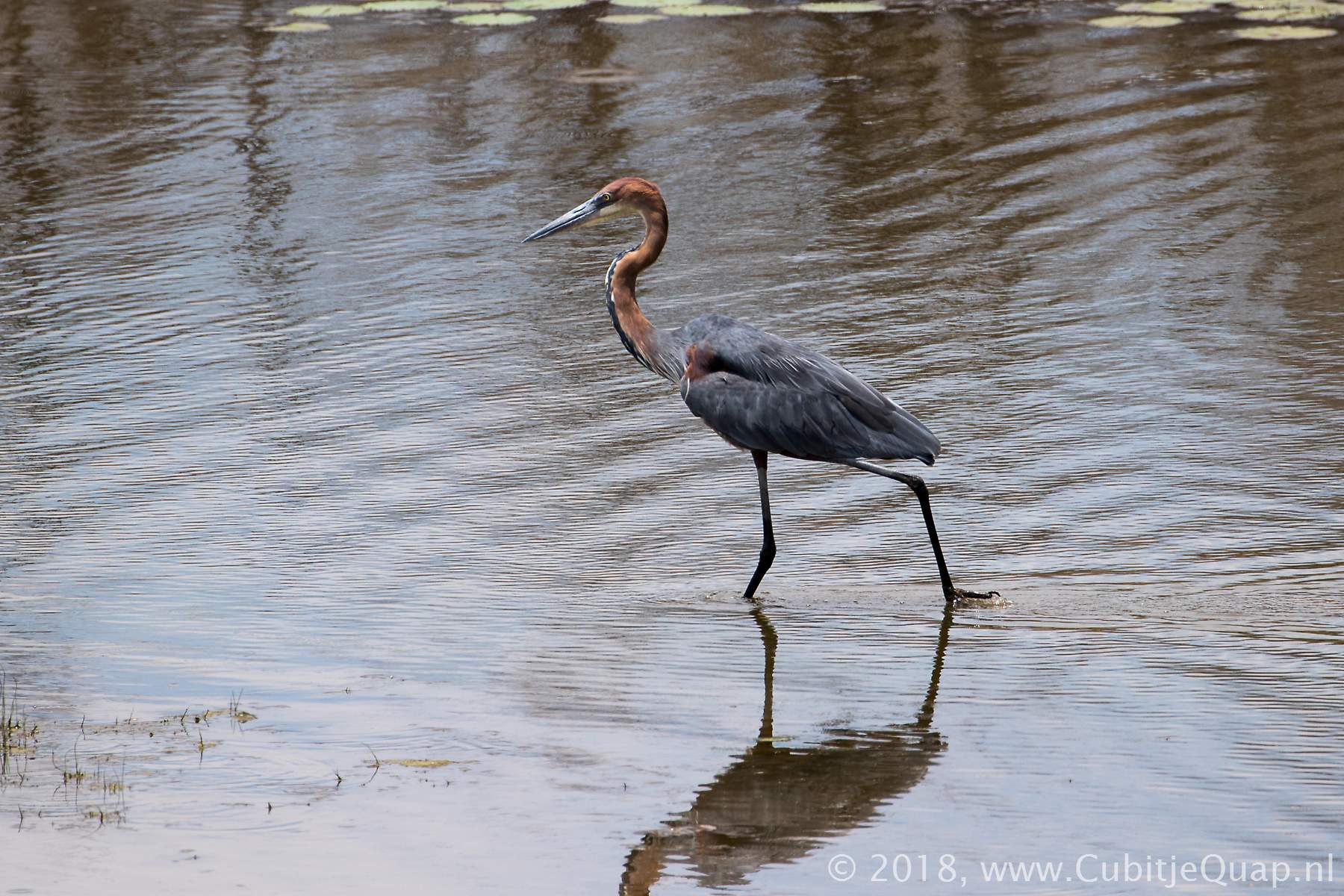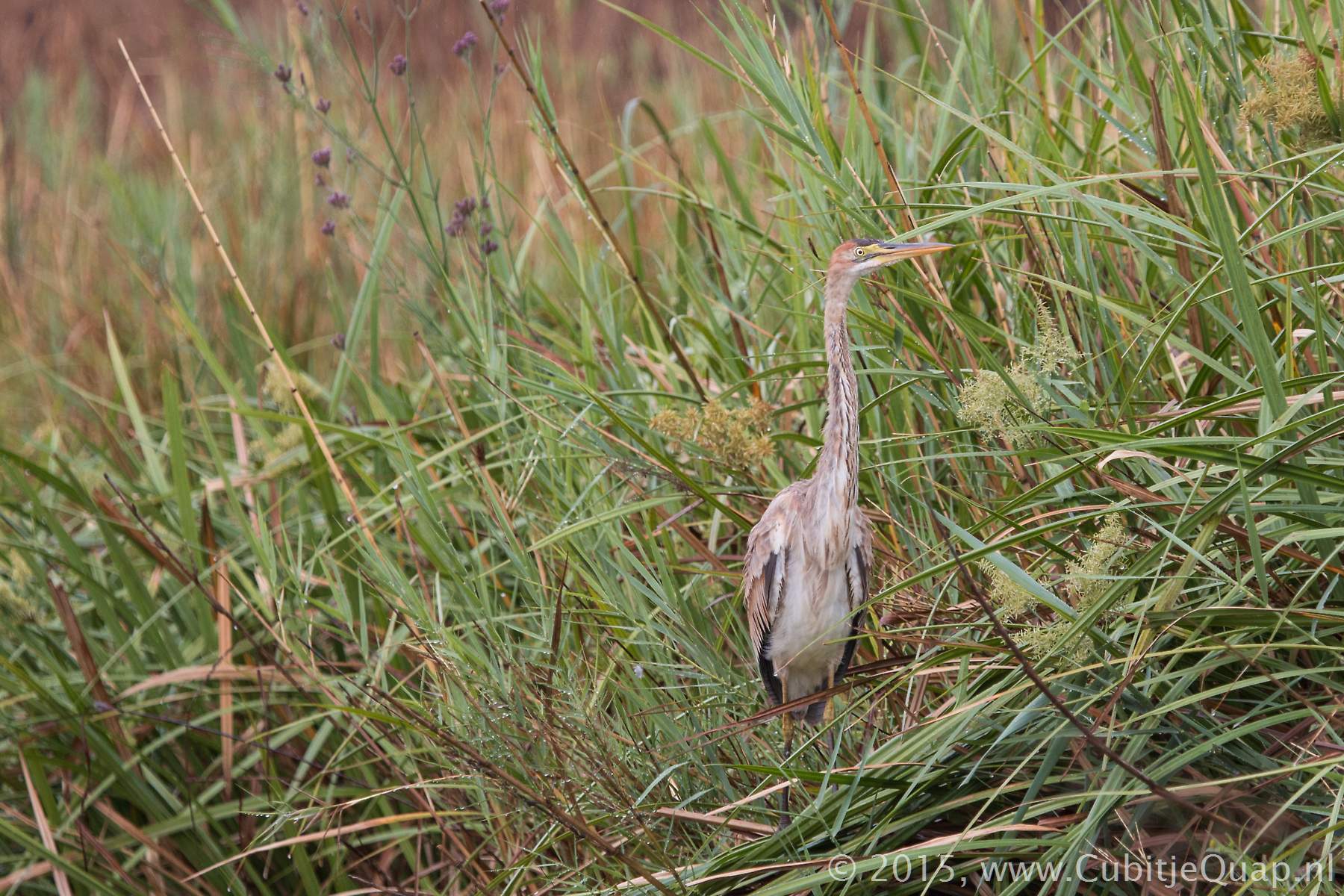Egrets, herons and bitterns Information page
Description
Fairly small to large, long-legged waterbirds. Sexes alike in most subspecies, but juveniles usually distinct. Many subspecies have special breeding plumage on nape, back and breast.Mostly monogamous, breeding solitary or in colonies, usually 2-4 egs. Some members of this group nest (and often roost) colonially in trees, often in mixed species colonies, others, notably the bitterns, use reed-beds. Incubation and care of young by both sexes, except for Eurasian bittern. Incubation starts before the clutch is complete (except green heron) resulting in asynchronous hatching. Chicks are initially fed by regurgitation.
Scientific names
Ardea = heronArdeola = small heron
Bubulcus = a cow herd (in reference to often foraging with livestock)
Egretta = an egret or small heron (in reference to 'head plumes', the fine whispy feathers on the crown, nape, back and rump when breeding)
Egrets
Most egrets are white, except slaty egret and the rare melanistic form of cattle egret. Males and females are coloured alike. The white egrets show different breeding plumage in both sexes. The feed on aquatic invertebrates and small vertebrates. They generally hunt in shallow water stabbing at prey which they detect by view. Sometimes they use foot trembling ir flapping of wings to disturb prey. Except for the cattle egret, they are found in aquatic habitats.Some special modifications of the cervical vertebrae make them recognisable in flight, having their head tucked in and the neck kinked. The often fly low above the gound.
They are monogamous and territorial only when breeding. When courting they erect mantle and shoulder plumes and display often involves bill-clattering, where couples hit their bills sideways against the bill of their mate.
Herons (excluding night-herons)
In most herons sexes have the same colouring (except rufous-bellied heron) and only few species, grey heron, squacco heron and green-backed heron have different plumage when breeding.They mostly still-hunt for aquatic invertebrates and small vertebrates in shallow, clear water or slowly wade and walk and jab at prey. Many species foot tremble to disturb potential prey. Also, they will glean food-items from vegetation. They regurgitate pellets of indigestible remains.
The black-headed heron is the only species that is not dependent on water for feeding.
When threatened, the purple heron and the rufous-bellied heron adopt eh bittern posture (see below).
They fly with head and neck retracted, like egrets.
They are monogamous, but pair bionds are usually just for the season, they are not territorial. In large broods, competition can result in cannibalism or siblicide by starvation or ejection from the nest. Also common is brood reduction, where the weakest chicks are allowed to perish.
Bitterns
Bitterns are generally more often heard than seen. The deep croaking call of the little and the dwarf bittern are mostly given in their ldeal reed habitat. The eurasian bittern has a booming call.They have streaked breast and when alarmed, they may take the 'bittern posture', facing danger with the bill pointing up and the eyes peering forward. Due to the vertical streaking on neck and breast, the birds blends well in the grass or reeds. They hunt for aquatic invertebrates and small vertebrates.
Males and females have the same colouring, however the bill and facial skin of the male flushes to a brighter colour when breeding.
Interesting links
Wikipediafatbirder.com

